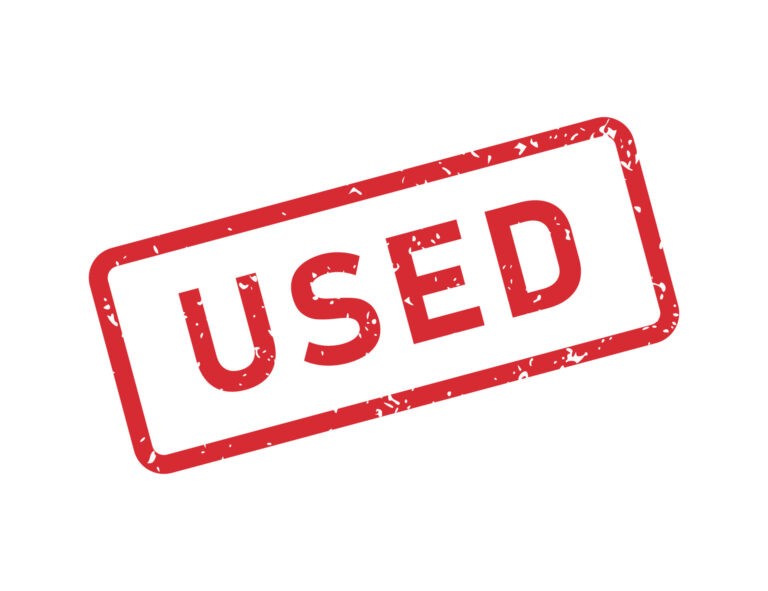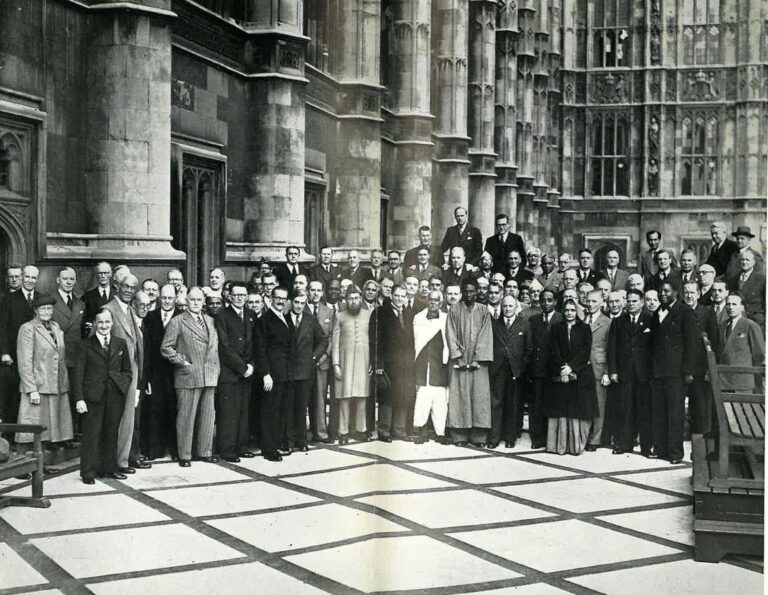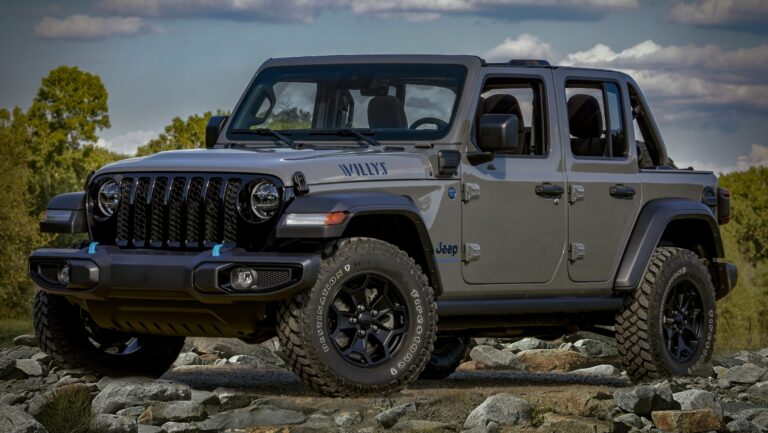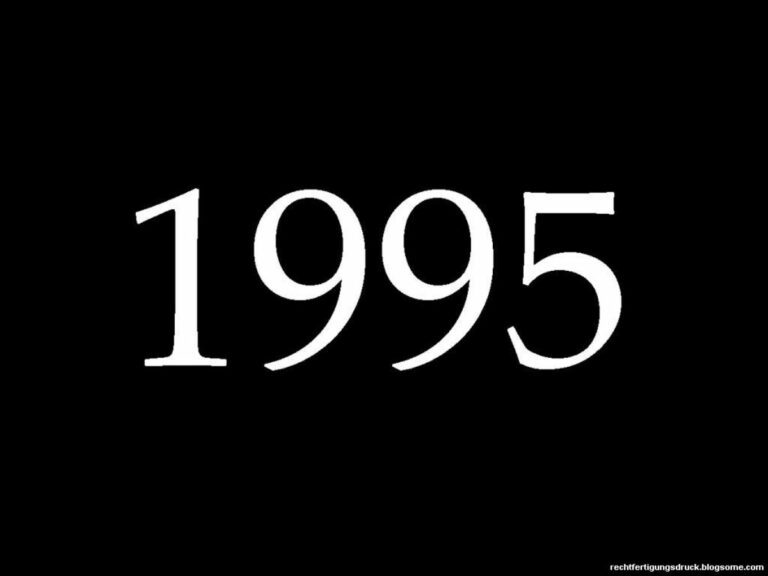1981 Jeep Scrambler For Sale: Your Ultimate Buyer’s Guide
1981 Jeep Scrambler For Sale: Your Ultimate Buyer’s Guide jeeps.truckstrend.com
The year 1981 marked the debut of a unique and now highly sought-after vehicle: the Jeep CJ-8 Scrambler. More than just an elongated CJ-7, the Scrambler carved out its own niche as a versatile, open-air pickup truck that combined the rugged capability of a Jeep with added cargo space. For enthusiasts and collectors, finding a 1981 Jeep Scrambler for sale isn’t just about acquiring a vehicle; it’s about owning a piece of American automotive history, a symbol of freedom and adventure that remains as captivating today as it was over four decades ago.
This comprehensive guide will navigate you through everything you need to know when considering a 1981 Jeep Scrambler for sale, from understanding its unique appeal to conducting thorough inspections, finding the right vehicle, and making an informed purchase.
1981 Jeep Scrambler For Sale: Your Ultimate Buyer’s Guide
The Allure of the 1981 Jeep Scrambler (CJ-8): A Brief History and Legacy
Introduced for the 1981 model year, the Jeep Scrambler (internally known as the CJ-8) was AMC’s answer to those who loved the CJ-7’s off-road prowess but desired more utility. By stretching the CJ-7’s wheelbase by 10 inches (from 93.5 to 103.5 inches), Jeep created a vehicle that offered a small pickup bed behind the rear seats. This extended wheelbase not only improved ride quality but also made the Scrambler a remarkably versatile machine, capable of tackling trails, hauling gear, or simply cruising with the top down.
The 1981 Scrambler, available with various engine options including the efficient 2.5L "Iron Duke" four-cylinder, the robust 4.2L inline-six, and occasionally dealer-installed V8s, quickly gained a reputation for its durability and adaptability. Its distinctive long body, often paired with unique stripe packages and hard or soft top configurations, set it apart. Production of the CJ-8 was relatively limited compared to the CJ-7, running only until 1986, which contributes significantly to its rarity and desirability today. Owning a 1981 Scrambler means joining an exclusive club of enthusiasts who appreciate its blend of classic Jeep aesthetics, enhanced practicality, and undeniable cool factor.
What to Look For: Key Inspection Points for a 1981 Scrambler
When you’re eyeing a 1981 Jeep Scrambler for sale, a thorough inspection is paramount. These vehicles are decades old, and their life as off-roaders means they often bear the scars of adventure.
1. Rust: The Scrambler’s Arch-Nemesis
Rust is the single biggest enemy of any vintage Jeep, and the Scrambler is no exception.
- Frame: Inspect the frame rails meticulously, especially near the body mounts, spring hangers, and behind the wheels. Look for soft spots, bubbling, or previous patch repairs. A compromised frame is a major red flag.
- Body Tub: Check the floorboards (especially under the pedals and seats), rocker panels, wheel wells, and the area around the tailgate. The Scrambler’s extended bed area can also hide rust.
- Fenders & Grille: Common spots for rust to accumulate.
- Doors & Windshield Frame: Check the lower edges of doors and the base of the windshield frame.

2. Engine and Drivetrain
- Engine: The 4.2L (258 cu in) inline-six is the most common and generally reliable option. Look for oil leaks, listen for unusual noises (knocking, ticking), and check for excessive smoke from the exhaust. A V8 swap might offer more power but also introduces more complexity.
- Transmission: Manual transmissions (T-4, T-5, SR-4, T-176) and automatic (TF-904, TF-999) were available. Test drive to ensure smooth shifts, no grinding, and proper clutch engagement for manuals.
- Transfer Case (Dana 300): Engage 4-High and 4-Low to ensure they work smoothly. Listen for clunking or grinding.
- Axles: Check for leaks around the differential covers and axle shafts.

3. Suspension and Steering
- Leaf Springs & Shocks: Look for sagging, broken leaves, or leaky shocks. Bounce each corner of the vehicle to test damping.
- Steering: Check for excessive play in the steering wheel. Inspect the steering box, tie rods, and drag link for wear or damage.
- Brakes: Ensure the brakes are firm and stop the vehicle smoothly without pulling.
4. Electrical System and Interior
- Wiring: Vintage Jeeps can have questionable wiring, especially if previous owners made modifications. Look for frayed wires, exposed connections, or amateur repairs. Test all lights, gauges, and accessories.
- Interior: Check the condition of seats, dashboard, and floor mats. Note the presence and condition of the soft top or hardtop, which are expensive to replace.
5. Documentation
Always ask for the vehicle’s title, service records, and any history of previous ownership. Matching VINs (vehicle identification numbers) on the frame and body are a good sign of originality.
Where to Find a 1981 Jeep Scrambler For Sale
Locating a 1981 Jeep Scrambler can require patience, given their relatively low production numbers. Here are the best avenues:
- Online Marketplaces:
- Specialized Auction Sites: Bring a Trailer (BaT), Hemmings, and ClassicCars.com frequently feature well-documented and often high-quality Scramblers.
- General Classifieds: eBay Motors, Craigslist, and Facebook Marketplace can yield results, but require more diligent screening.
- Jeep Forums & Enthusiast Groups: Dedicated Jeep CJ forums (e.g., JeepForum.com, CJ-8.com) and Facebook groups for CJ and Scrambler enthusiasts are excellent places to find vehicles for sale and get advice.
- Classic Car Dealerships: Some dealerships specialize in vintage 4x4s and may have Scramblers in their inventory, often at a higher price point but potentially with some level of reconditioning.
- Auctions: Live and online classic car auctions occasionally feature Scramblers.
- Word of Mouth: Let friends, local mechanics, and fellow enthusiasts know you’re looking.
Understanding Condition and Pricing
The price of a 1981 Jeep Scrambler varies wildly based on its condition, originality, modifications, and location.
- Original vs. Restored vs. Modified:
- Original: Vehicles largely untouched from the factory tend to command premium prices, especially if well-preserved.
- Restored: Professionally restored Scramblers can fetch top dollar, reflecting the significant investment in labor and parts. Quality of restoration is key.
- Modified: Many Scramblers have been lifted, received engine swaps, or had other custom work. While desirable to some, heavy modifications can deter purists and affect value.
- Condition Tiers:
- Project (Rough): Needs extensive work, often rust repair, mechanical overhaul. Lowest price point.
- Driver: Mechanically sound and roadworthy but has cosmetic flaws, minor rust, or needs some TLC.
- Good: Well-maintained, minimal rust, runs strong, presentable appearance.
- Excellent/Show Quality: Near-flawless, often fully restored or exceptionally well-preserved original examples. Commands the highest prices.
The Buying Process: Tips for a Successful Purchase
- Set a Realistic Budget: Beyond the purchase price, factor in potential restoration costs, immediate repairs, insurance, and ongoing maintenance.
- Research Thoroughly: Understand the different engine and transmission options, common problems, and market values.
- Inspect in Person: If possible, always inspect the vehicle yourself. If not, hire a reputable pre-purchase inspection (PPI) service specializing in classic 4x4s.
- Test Drive: Drive the Scrambler in various conditions – city, highway, and if possible, engage 4×4. Listen for noises, check steering, braking, and shifting.
- Negotiate: Don’t be afraid to negotiate the price, especially if you’ve identified issues during your inspection.
- Verify VIN: Ensure the VIN on the title matches the vehicle’s VIN plate.
- Secure Payment & Title Transfer: Use a secure payment method and ensure the title is properly transferred into your name.
Potential Challenges and Solutions
- Parts Availability: While many mechanical components are shared with CJ-7s and other AMC/Jeep models, Scrambler-specific body panels (like the extended bed) can be harder to find. However, the aftermarket for CJ parts is robust, and many common items are reproduced.
- Rust Remediation: Addressing significant rust can be very costly and labor-intensive. Factor this into your budget or seek a rust-free example.
- Fuel Economy: Don’t expect great gas mileage. These are older, heavy, and often carbureted vehicles.
- Modernizing for Daily Use: While possible to upgrade engines, suspensions, and brakes for modern comfort and safety, extensive modifications can detract from originality. Balance your desires with maintaining its classic character.
- Insurance: Consider classic car insurance, which often offers better coverage and rates for vintage vehicles.
1981 Jeep Scrambler For Sale: Estimated Price Guide
Please note that these prices are estimates and can vary significantly based on location, originality, specific options, and the seller’s urgency. They reflect recent market trends but are subject to change.
| Condition Tier | Description | Estimated Price Range (USD) | Key Characteristics |
|---|---|---|---|
| Project / Rough | Needs extensive body work (rust), mechanical overhaul, interior restoration. Non-running or barely running. | $5,000 – $12,000 | Significant rust (frame, body tub), seized engine/transmission, incomplete interior, missing components, non-original parts. Suitable only for experienced restorers or those seeking a complete rebuild. |
| Driver Quality | Runs and drives reliably, roadworthy, but has visible cosmetic flaws, minor rust, and wear. | $13,000 – $25,000 | Moderate surface rust, minor body damage/dents, worn paint, functional but tired interior. Engine and drivetrain are generally sound but may have minor leaks or require routine maintenance. Often a good candidate for a rolling restoration or a daily driver that isn’t afraid of the elements. |
| Good Condition | Well-maintained, minimal to no significant rust, presentable paint and interior, mechanically sound. | $26,000 – $40,000 | Solid frame and body, decent repaint (may not be show quality), clean interior with minor wear. All systems generally functional. May have some tasteful modifications (e.g., mild lift, upgraded tires) or be largely original. Ready to enjoy immediately with minimal fuss. |
| Excellent / Show Quality | Near-flawless, either professionally restored to a high standard or exceptionally well-preserved original. | $41,000 – $70,000+ | Immaculate paint and body (no rust), fully restored or original drivetrain (often matching numbers), pristine interior. All accessories functional. Often features desirable options (hardtop, special stripe packages). Suitable for concours events or serious collectors. Prices can exceed this range for exceptionally rare configurations or celebrity-owned examples. |
Frequently Asked Questions (FAQ) About the 1981 Jeep Scrambler
Q: Why is the 1981 Jeep Scrambler so rare and expensive?
A: The Scrambler (CJ-8) had a much lower production run (around 27,792 units over six years) compared to the CJ-7. Its unique longer wheelbase and pickup-like utility make it highly desirable for collectors and enthusiasts, driving up its value due to scarcity and demand.
Q: Is a 1981 Scrambler good for daily driving?
A: While it can be daily driven, it comes with caveats. Expect a rougher ride, poor fuel economy, and lack of modern safety features (airbags, ABS). It’s more suited as a weekend cruiser, off-roader, or secondary vehicle unless significant modernizing modifications are performed.
Q: What’s the best engine for a 1981 Scrambler?
A: The 4.2L (258 cu in) inline-six is generally considered the best balance of originality, reliability, and sufficient power for most uses. V8 swaps offer more power but add complexity and reduce originality. The 2.5L "Iron Duke" four-cylinder is less powerful but more fuel-efficient.
Q: Are parts readily available for a 1981 Scrambler?
A: For most mechanical components (engine, transmission, axles, suspension), parts are widely available as they were shared with the more common CJ-7. Scrambler-specific body panels and tops can be harder to find, but the aftermarket has reproduced many of these items.
Q: How much does it cost to restore a 1981 Jeep Scrambler?
A: Restoration costs vary wildly depending on the starting condition and desired finished quality. A full, professional frame-off restoration can easily cost anywhere from $20,000 to $60,000+, sometimes even more, excluding the initial purchase price.
Q: What’s the main difference between a CJ-7 and a Scrambler (CJ-8)?
A: The primary difference is the wheelbase. The Scrambler has a 103.5-inch wheelbase compared to the CJ-7’s 93.5 inches. This extra length in the Scrambler creates a small pickup bed area behind the rear seats, providing more cargo capacity.
Conclusion
The 1981 Jeep Scrambler stands as a testament to Jeep’s adventurous spirit and utilitarian design. For those seeking a vehicle that blends classic charm with practical capability, finding a 1981 Jeep Scrambler for sale represents a truly unique opportunity. The journey to acquire one requires diligence, a keen eye for detail, and a realistic understanding of its condition and value. However, the reward of owning this distinctive and beloved classic is immeasurable, offering countless adventures and the satisfaction of preserving a rare piece of American off-road heritage. Embrace the hunt, and soon you might be cruising in your very own iconic Scrambler, ready for the road less traveled.






